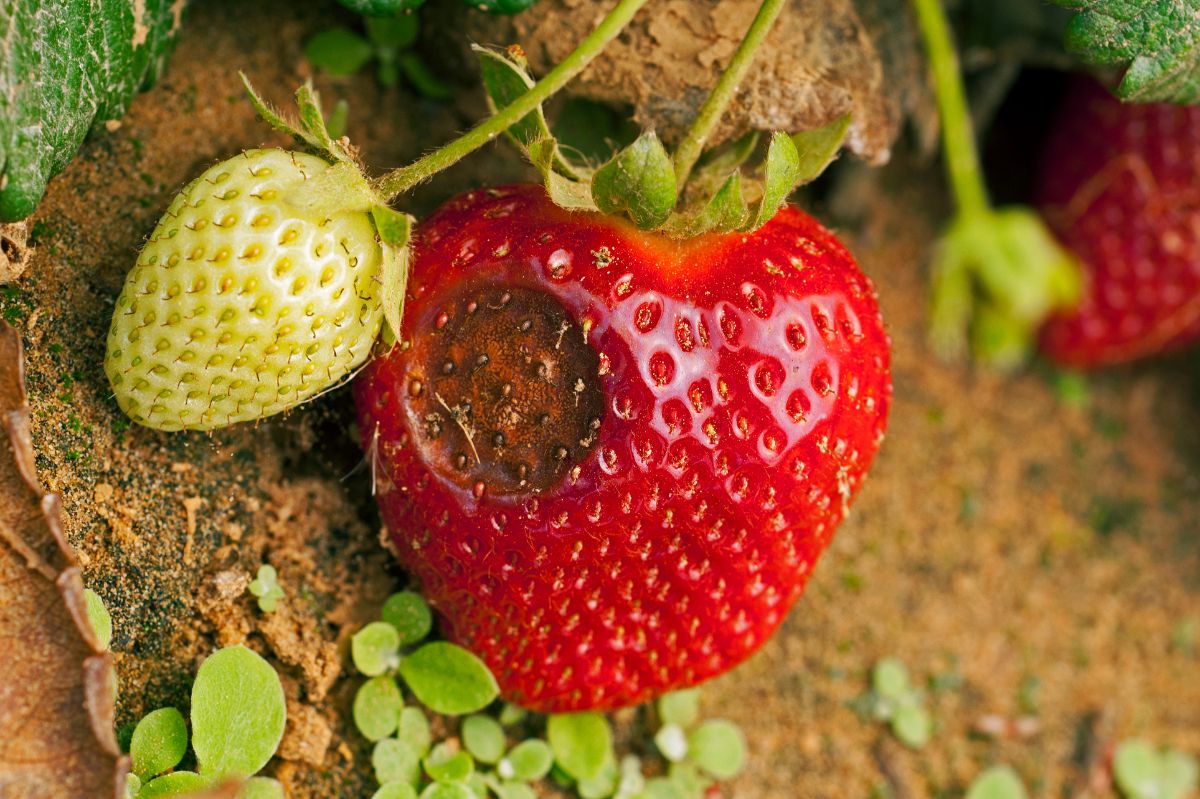
The Cause of Brown Spots on Strawberries
The most likely cause of brown spots on your strawberries is wet, hot, and humid conditions. If your strawberry plants are in soggy soil for an extended period of time, or the fruit is constantly getting wet, fungal infections can quickly become a problem.
Leather Rot – A fungal infection that can affect a strawberry plant at any stage of growth. Brown spots form on berries when conditions are wet and hot. The fruit will become tough and inedible.
Anthracnose Fruit Rot – Brown circular spots that decompose berries are a sure sign of anthracnose fruit rot. The fungal disease that infects the crown, stems, leaves and fruit, develops in humid conditions and is difficult to combat.
How to Fix the Problem
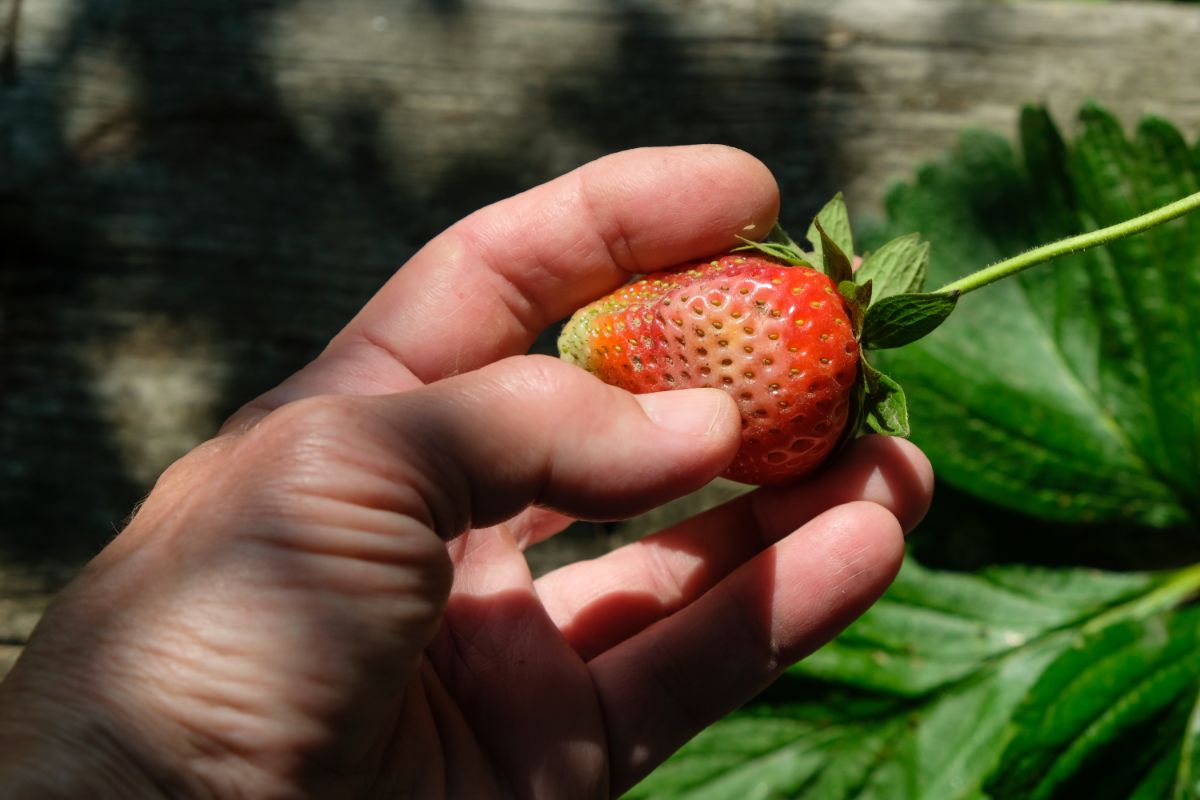
An ounce of prevention is worth a pound of cure when it comes to strawberries. This is to say, understanding the root causes and enacting preventative methods will be the most effective approach. It may be difficult to fix the problem once it sets in.
The location and positioning of your strawberry patch is critical. Individual plants should have plenty of space in between them to allow proper airflow, letting foliage and fruit dry out in between waterings and rain showers. Water overhead with care to avoid getting any water on leaves or berries. The bed in which you plant should always have good drainage. Water should not be allowed to pool, collect, or stand under or around your berry plants. This will invite fungal diseases.
Plant strawberries in full sun. The sun is a great sanitizer, warding off pests and fungus. It will keep the space dry and provide the plants with the required energy to produce healthy berries.
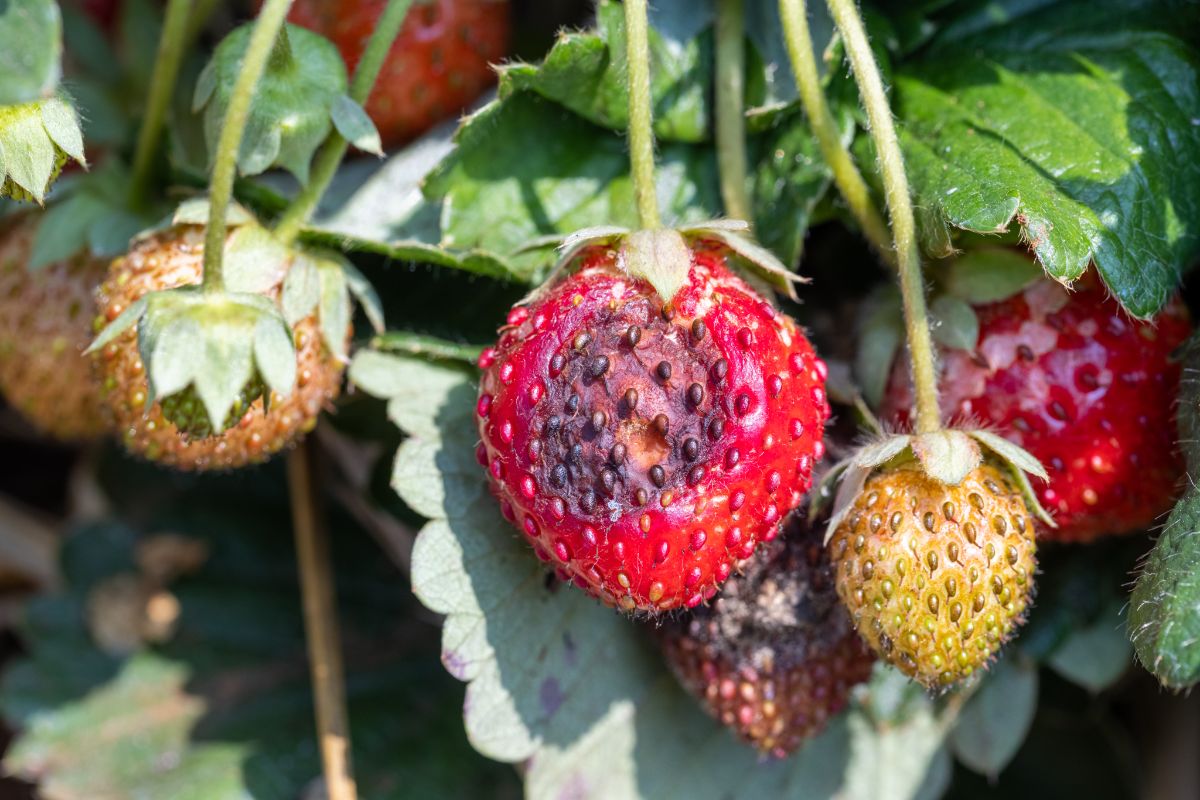
Make sure to weed regularly. Mulching your strawberry plot may also be effective in keeping berries dry. It will prevent water from splashing up onto the fruit and can act as a barrier to diseases residing in the soil.
Pick fruit early and often. As soon as plants dry off for the day, harvest any ripe berries.
Garden crops that don’t show signs of anthracnose, but can spread it are: Peppers, tomatoes, celery, zinnias, delphinium, and vetch. Almond and pine trees are also incompatible neighbors. Keep a distance between your strawberry patch and any of these plants.
If berries are already rotting, remove all of the affected fruit and discard. Don’t leave them in the garden or put them in your compost pile, this could lead to the spread of the fungus. At this point, treatment with a fungicide may be necessary. There are natural options that are preferable to harsh chemicals. Baking soda, hydrogen peroxide, horticultural soap and pyrethrin are all natural ingredients that may not destroy the fungus spores completely but will help keep the problem in check.
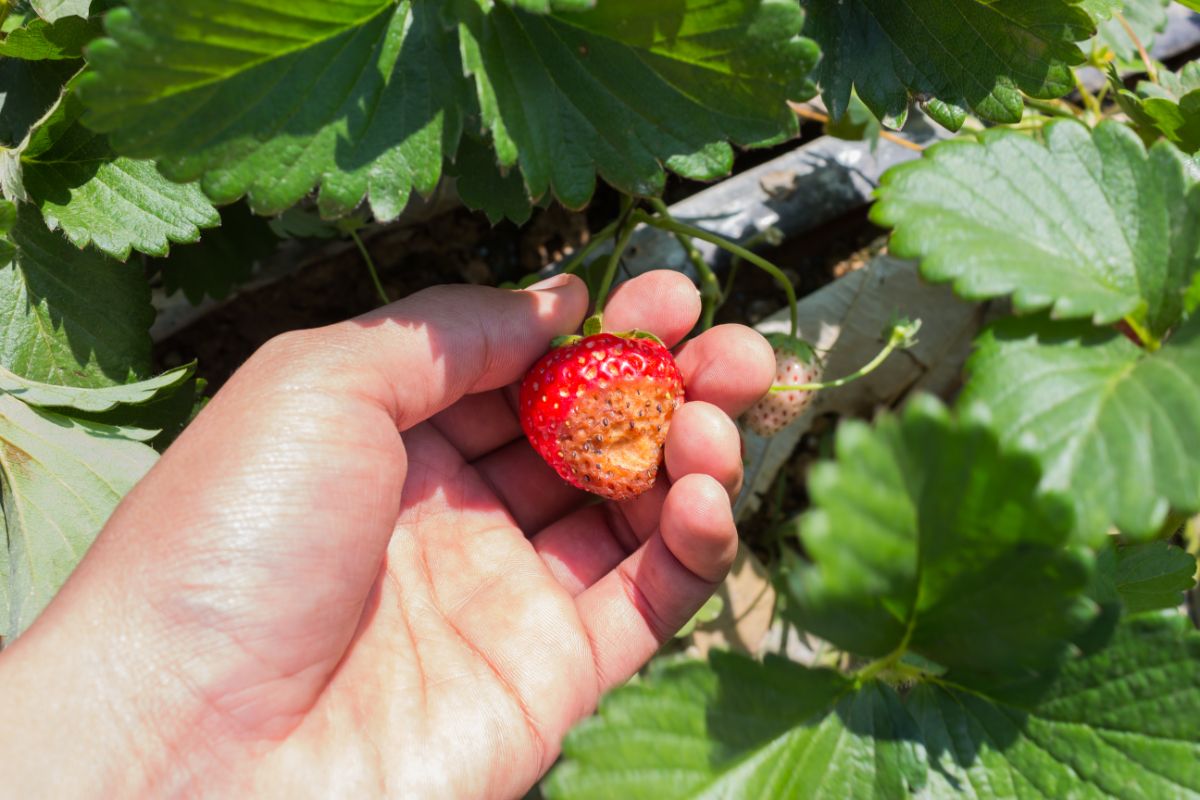
If the fungus issue persists, it may be prudent to clear out the bed completely in the offseason. While you have an empty patch, solarizing the soil may be the best option to permanently kill off harmful pathogens. This is done by stretching a sheet of clear plastic and tightly securing it over a portion of the garden. It’s effective for killing off weeds and ridding the soil of resident fungal diseases.

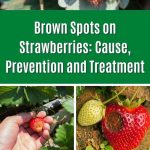

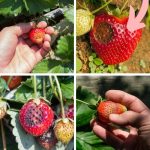
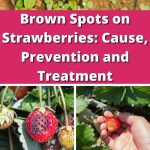




Cynthia Wilson says
If I want to use the natural baking soda or hydrogen peroxide for the fungus on my strawberries how and when do I apply it to the plants?
Mary Ward says
I would apply it now if you are noticing signs of disease.
Barbara says
Hi Erik,
I live in a rural, remote coastal town called Esperance in South West Western Australia. About3 yeara ago, I rescued a dying strawberry plant from the roadside. I had never grown Straberries before, so I transplanted it into a pot and used Osmocote citrus & fruit premium potting mix and I was rewarded with a few really sweet strawberries within a few weeks. Later in the year, it produuced 3 runners which I cut off and planted each on in a separate pot.
I now have 9 potted strawberry plants I have noted that each plant produces 3-4 runners but the original parent plant does not produce runners. This year, I almost lost the parent plant due to some illness or infestation. I cut it right back and re-potted it and it has partialally recovered but has struggled, it has produced strawberries but many were mishapen. I don’t.want to loose my plant, I have an emotional attachment to it. It is now the end of autumn but none of the plants have gone dormant although all have new buds forming for next year’s growth, how can I over-winter when they continue to flower and produce fruit? I have cut them back and discarded the fruit to try to prepare them for winter so they can rest but I don’t really know what i’m doing, can you offer me any adice please?
Mary Ward says
If the plant continually or almost continually produces berries, and it only sends a few runners, there is a good chance that the plant is an everbearing type. It’s just doing what comes natural to it. The parent plant may be struggling because it is old. Strawberries are rather short-lived perennials and three to five years is often all you can expect from a single plant. If you want to try to force it into dormancy, you’d need to move the pots to a cool (very cool) area and reduce light. But don’t let them dry out. You’re probably better off letting it go dormant naturally, though. As a wild plant it would be acclimated to your location.